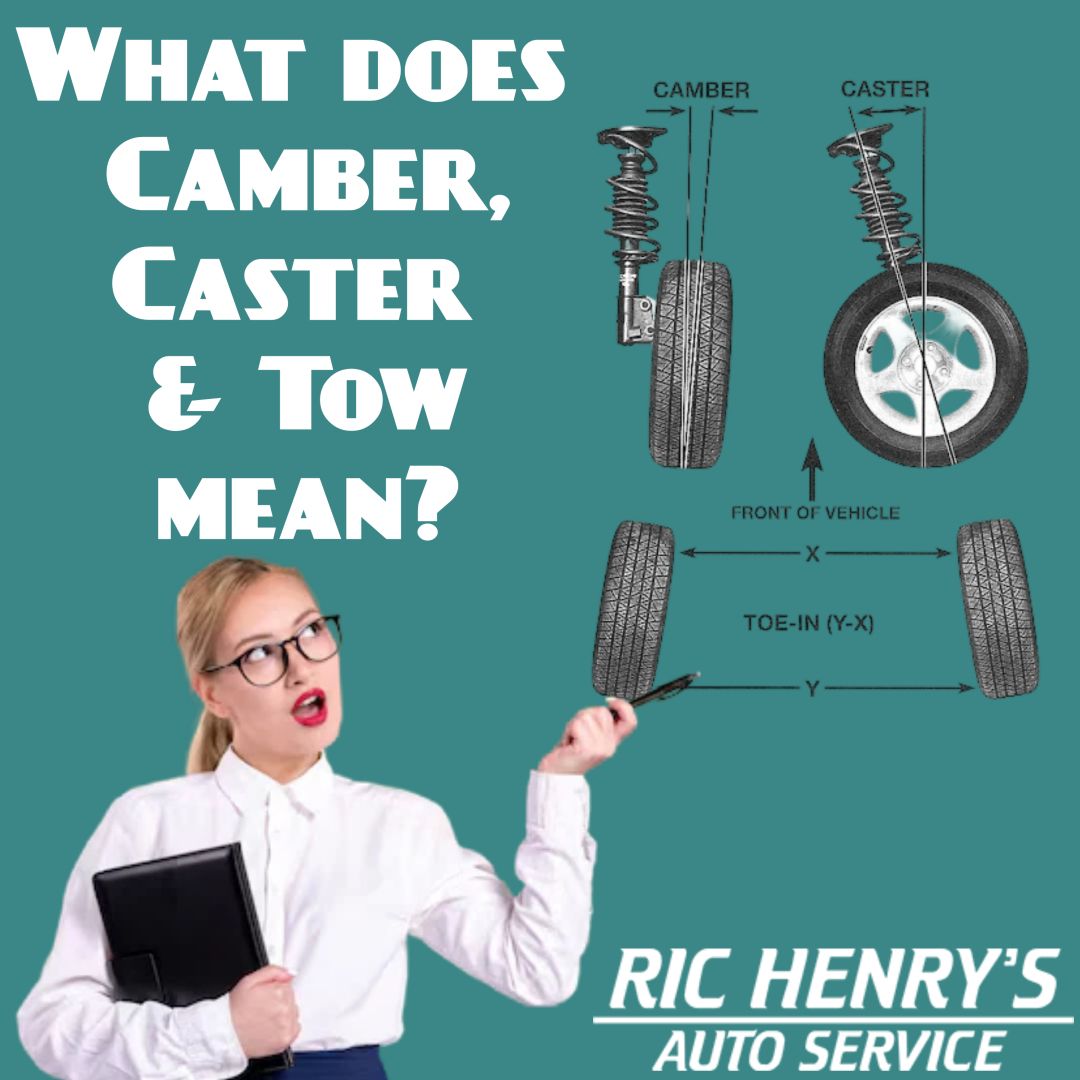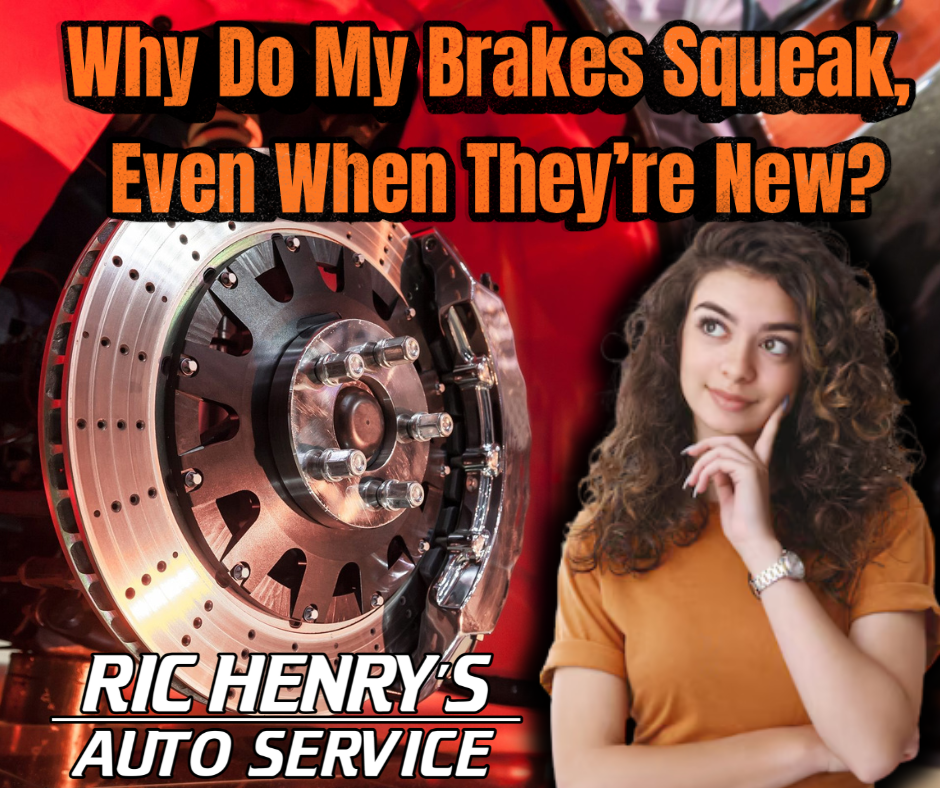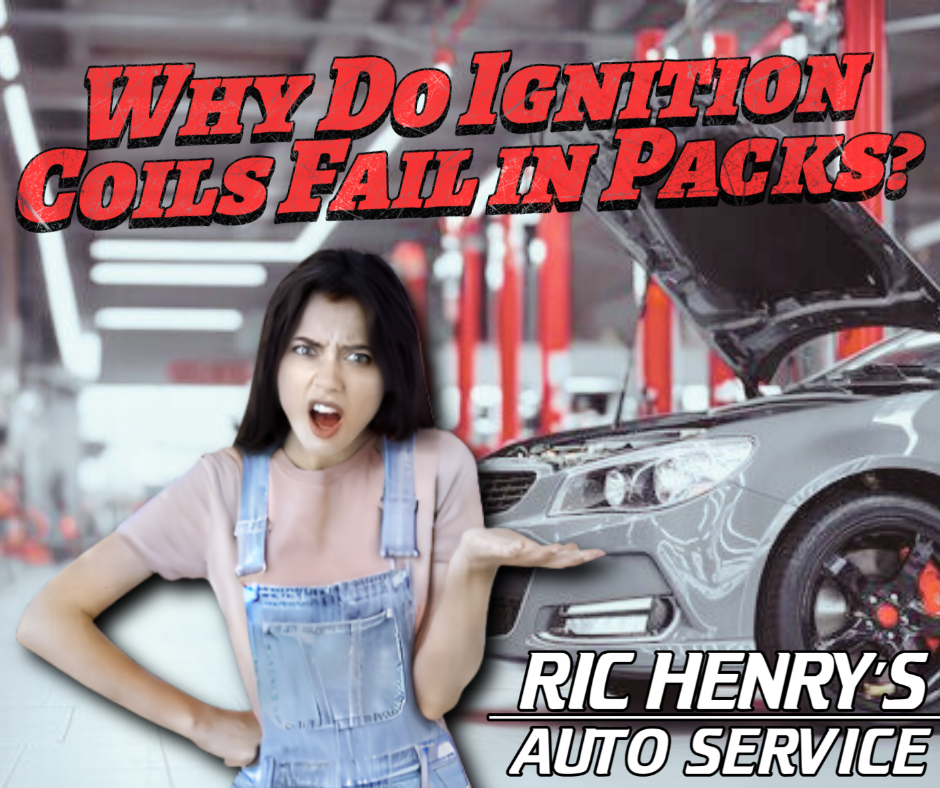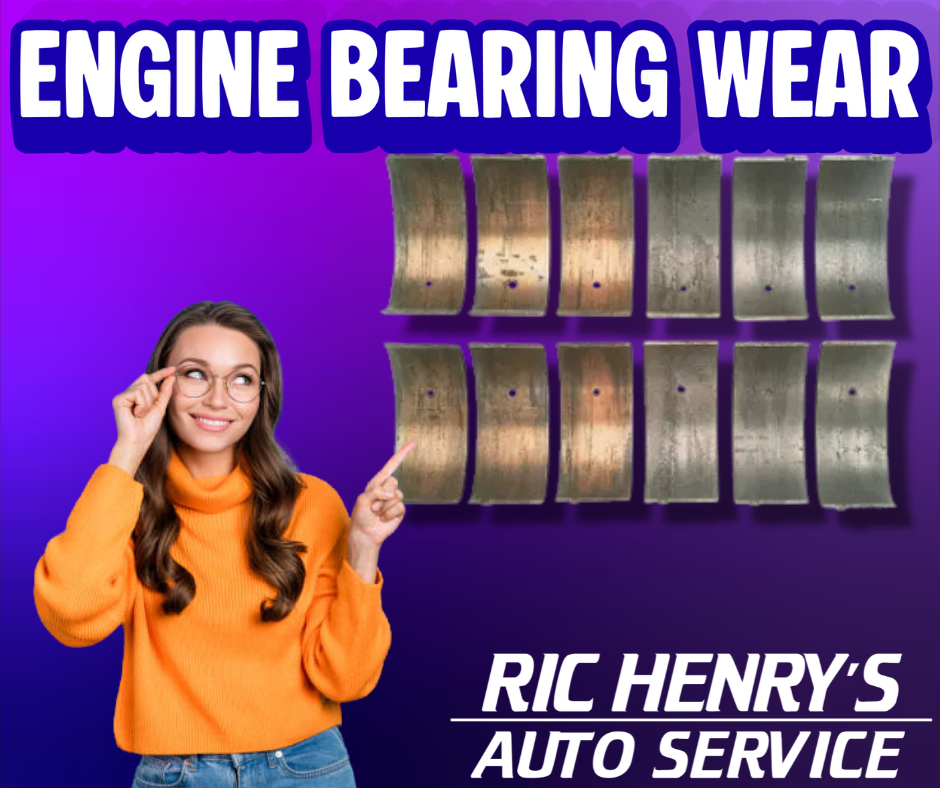Toe, Camber, Caster:
NaTasha Brand • October 13, 2025
The Three Angles That Keep Your San Angelo Drive Straight

You're driving down a flat, straight stretch of Knickerbocker Road, but your steering wheel is cocked to the left. Or maybe your brand-new tires are already wearing down on the inner edges. These aren't quirks; they're cries for help from your vehicle's alignment. A wheel alignment isn't just about pointing your tires straight, it's a precise adjustment of three critical angles that dictate how your tires meet the road: toe, camber, and caster.
For drivers in San Angelo, where a mix of highway driving and rugged West Texas backroads can knock your suspension out of whack, understanding these angles is key to your safety, your wallet, and your vehicle's performance. At Ric Henry's Auto Service, we believe an informed driver is a safe driver. Let's demystify the trio of alignment angles.
The Alignment Trinity: Toe, Camber, and Caster Explained
Think of your alignment as a chiropractic adjustment for your car. Each angle serves a specific purpose for stability, tire wear, and handling.
1. Toe: The Direction Your Tires Point
• What it is: Toe is the most intuitive angle. It measures whether the fronts of your tires are closer together (toe-in) or farther apart (toe-out) than the rears, as if looking down at your feet and pigeon-toeing or duck-footing.
• Why it matters: Toe settings are crucial for straight-line stability and steering response. Incorrect toe is the number one cause of premature tire wear. If your tires are pointed even slightly in the wrong direction as you drive straight, they're effectively scrubbing against the pavement, shredding your tread.
2. Camber: The Tilt of Your Tires
• What it is: Camber is the vertical tilt of your tire when viewed from the front. If the top of the tire tilts away from the vehicle, that's positive camber. If it tilts inward, that's negative camber.
• Why it matters: Proper camber ensures the entire tire tread sits flat on the road during a turn for optimal grip. Incorrect camber causes the vehicle to pull to one side and creates uneven wear on either the inner or outer shoulder of your tire.
3. Caster: The Steering Axis Angle
• What it is: Caster is the angle of your steering pivot when viewed from the side. Imagine a bicycle's front fork, which is angled significantly—that's positive caster.
• Why it matters: Caster is the angle of stability. Positive caster helps your vehicle drive straight and provides self-centering for the steering wheel after a turn. It’s what makes your car feel stable on the highway. Too much negative caster can make the steering feel flighty and unstable.
Why Proper Alignment is Non-Negotiable
Driving a misaligned vehicle is like running a marathon with your shoes untied. You might finish, but not without consequences. The benefits of a proper alignment are undeniable:
• Maximized Tire Life: The single biggest financial benefit. Correct alignment prevents tires from scrubbing away prematurely, saving you hundreds of dollars per set.
• Enhanced Safety: A vehicle that pulls or wanders is unpredictable and requires constant correction, increasing driver fatigue and the risk of an accident.
• Improved Fuel Economy: Reduced rolling resistance from properly aligned tires means your engine doesn't have to work as hard, saving you money at the pump.
• Crisp, Predictable Handling: Your car will drive straight with a steering wheel that returns to center effortlessly.
Symptoms Your Vehicle Needs an Alignment
Your car will send you clear signals that it's time for an adjustment:
• Vehicle Pulling: The car drifts to the left or right when you take your hands off the wheel on a flat road.
• Off-Center Steering Wheel: The steering wheel is crooked when driving straight.
• Uneven Tire Wear: Bald spots on the inner or outer edges of your tires while the rest of the tread looks fine.
• Squealing Tires: Even at low speeds, your tires may squeal due to incorrect contact with the road.
• Steering Wheel Vibration: A shaky steering wheel can indicate alignment issues, often coupled with tire balance problems.
Why Trust Ric Henry's Auto Service with Your Alignment?
Aligning a modern vehicle isn't about a mechanic with a tape measure and a keen eye. It requires advanced, computer-based laser alignment systems that measure angles to a fraction of a degree.
At Ric Henry's Auto Service, our experienced technicians are equipped with the same tools and equipment that dealerships use. We don't just adjust your angles to "within spec"; we set them to the manufacturer's precise recommendations for optimal performance and safety.
And because we believe in doing the job right, every alignment service we perform is backed by our 3-year/36,000-mile nationwide warranty. You can drive with confidence knowing your vehicle is tracking true.
Don't let a simple misalignment cost you a set of tires and your peace of mind.
Bring your car to Ric Henry's Auto Service. Let us ensure the only thing "toeing" the line in San Angelo is you, not your vehicle.






Share On: